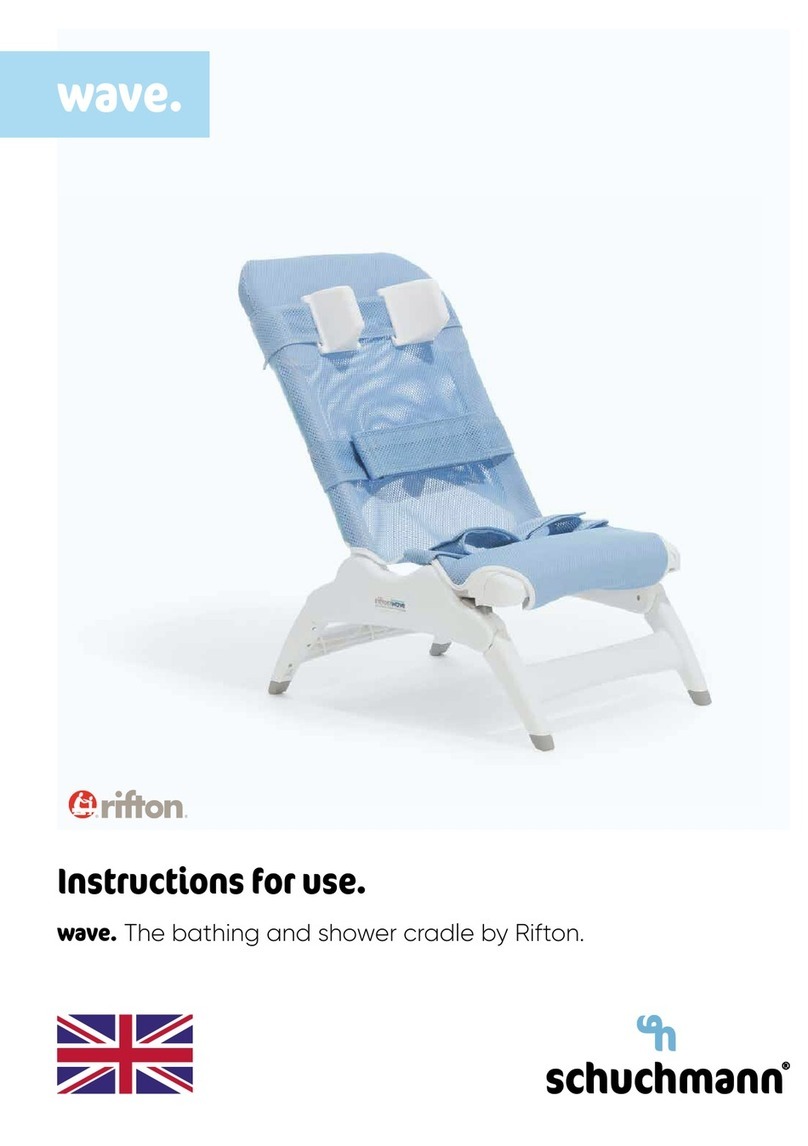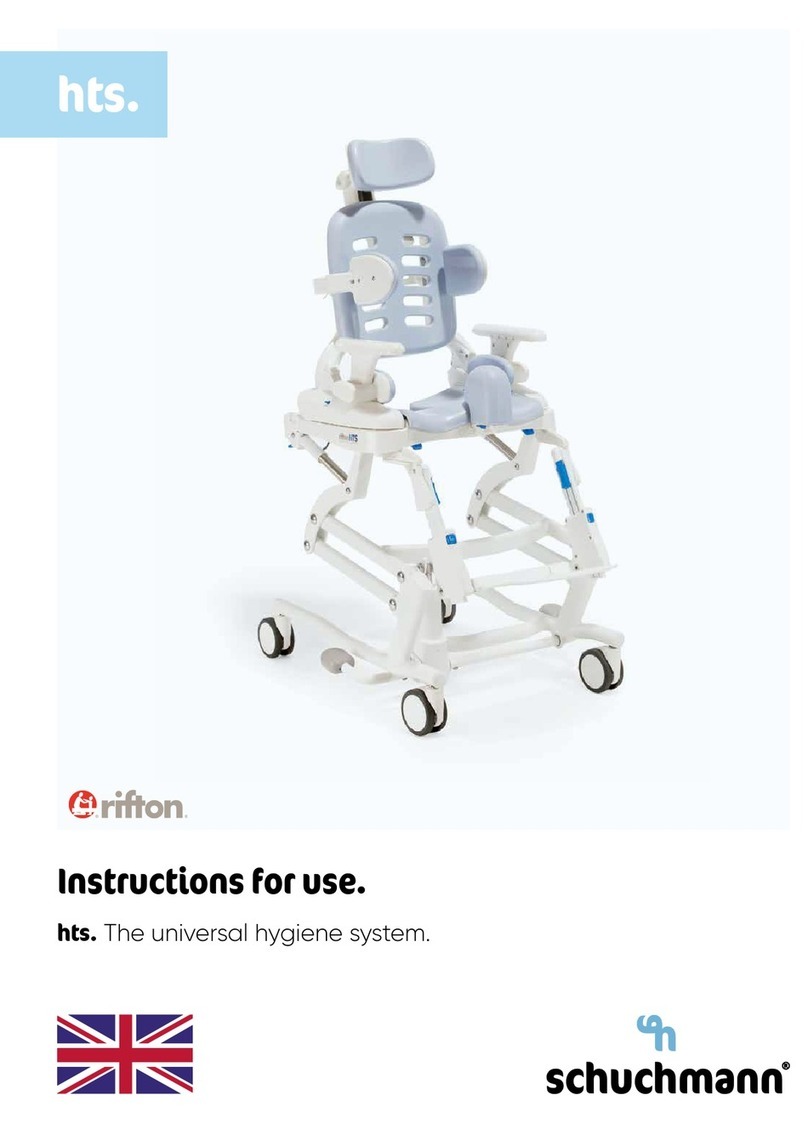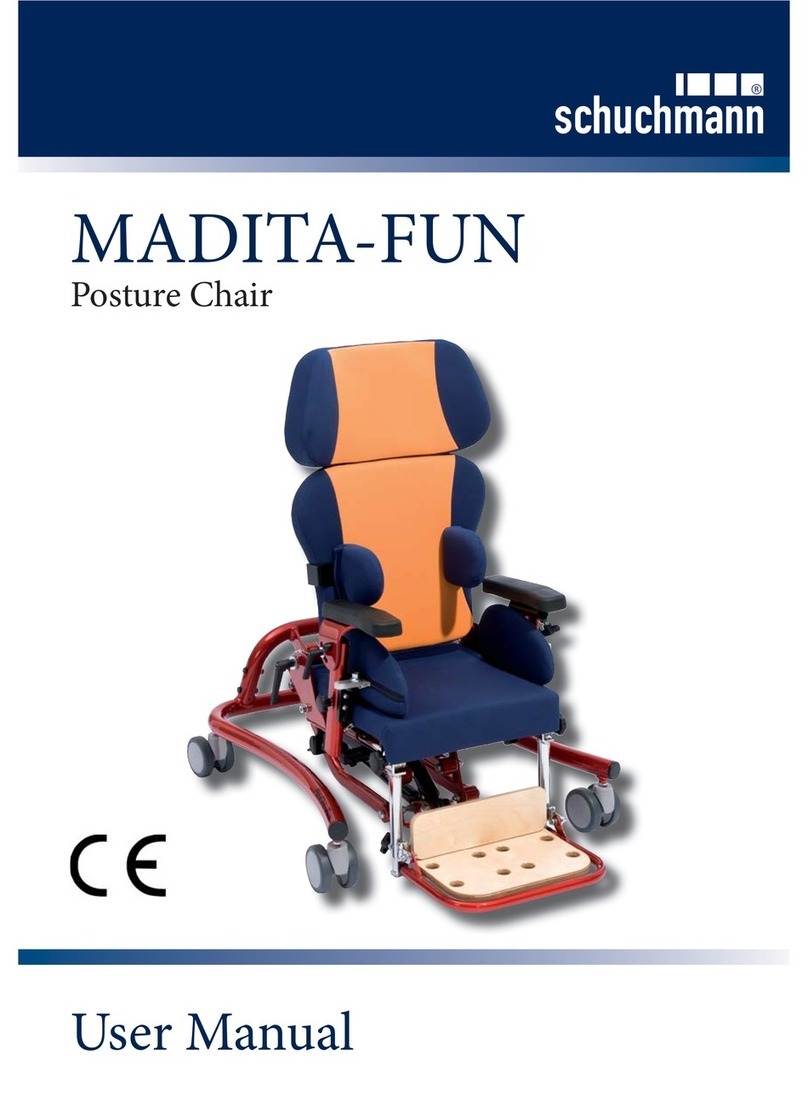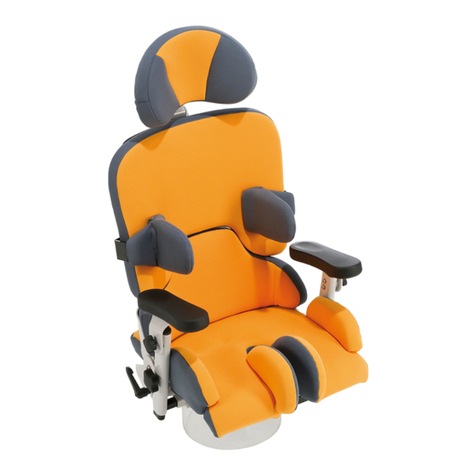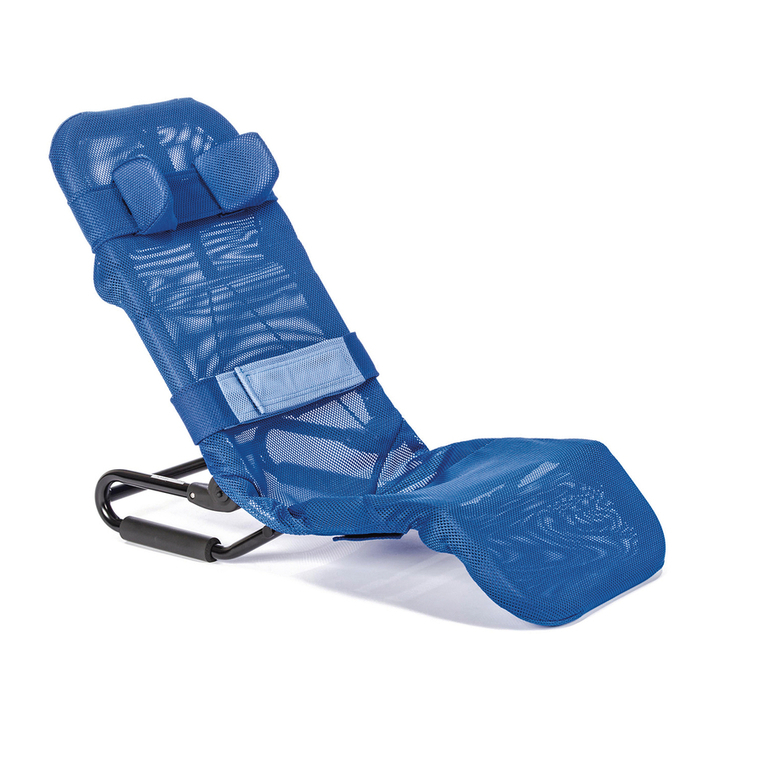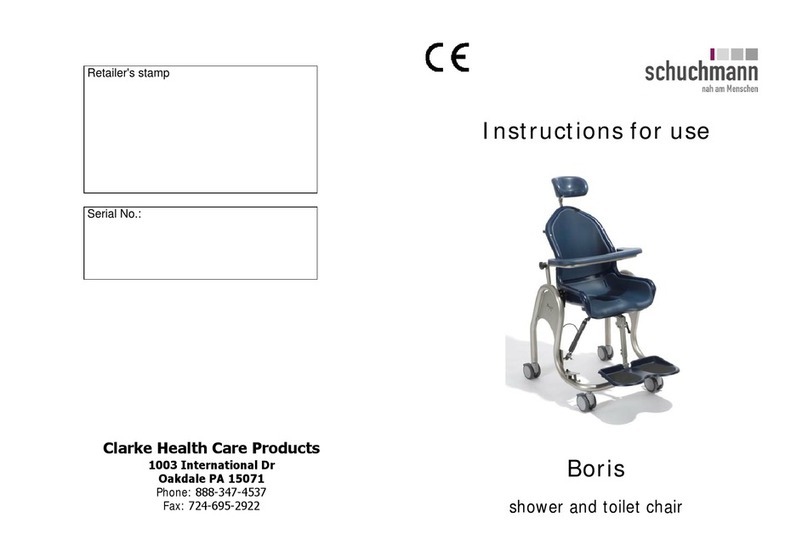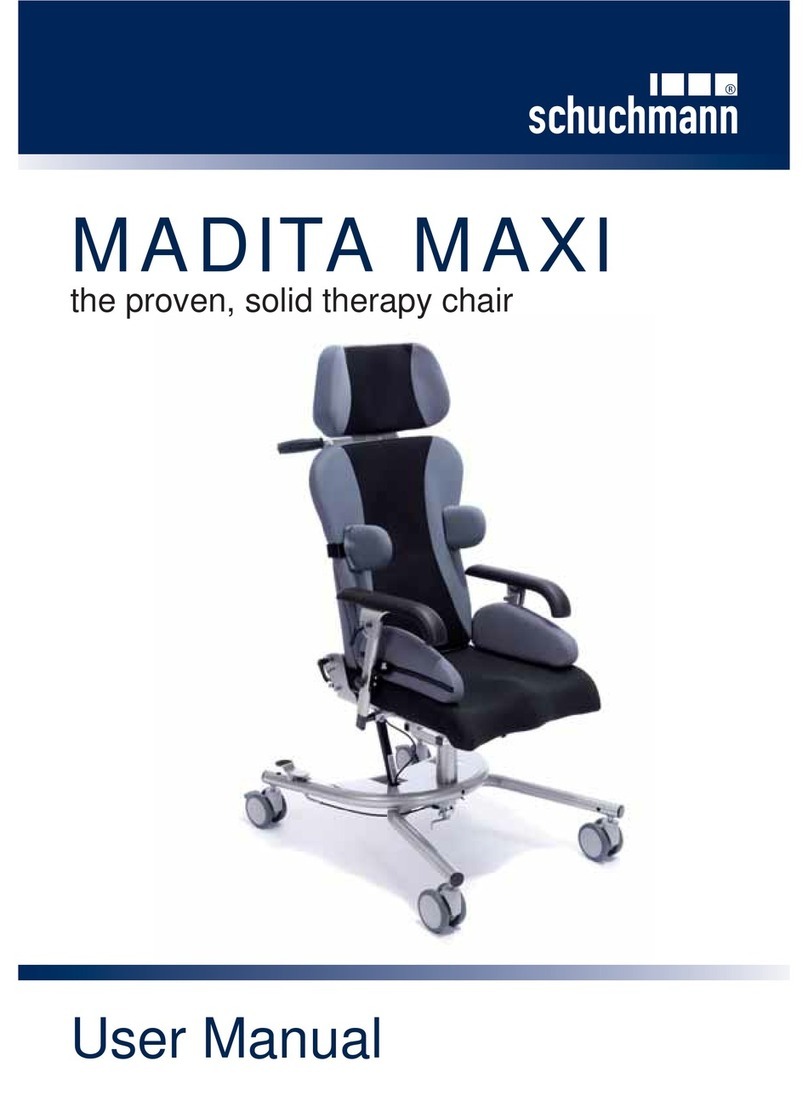
03 Contents.
1. Preparation. ................................................................................ 05
1.1 Delivery............................................................................................................................05
1.2 Safety measures prior to use ..............................................................................05
1.3 Safe disposal...............................................................................................................05
1.3.1 Packaging...........................................................................................................05
1.3.2 Product................................................................................................................05
1.4 Where to store the Instructions for use..........................................................05
2. Product description. .................................................................... 06
2.1 Material information ................................................................................................06
2.2 Handling/ transport................................................................................................06
2.3 Application areas, use according to the intended purpose .............06
2.3.1 Indication ...........................................................................................................06
2.3.2 Contraindications .........................................................................................06
2.4 Use not in accordance with the intended purpose / warning gui-
delines............................................................................................................................07
2.5 Equipment for basic model.................................................................................07
2.6 List of accessories....................................................................................................08
2.7 Product overview......................................................................................................08
2.8 General settings .......................................................................................................09
2.9 Utilisation training ....................................................................................................09
2.10 Climbing stairs .........................................................................................................09
3. Settings. ..................................................................................... 10
3.1 Seat tilt............................................................................................................................10
3.2 Back angle adjustment with snap joint.........................................................10
3.3 Back angle adjustment with central quick adjustment......................... 11
3.4 Seat height adjustment ........................................................................................ 12
3.5 Seat depth adjustment ......................................................................................... 12
3.6 Back unit adjustment.............................................................................................. 13
3.7 Push handles................................................................................................................ 13
3.8 Push bar......................................................................................................................... 13
4. Handling of wheels. .................................................................... 14
4.1 Rear wheels with drum brake ..............................................................................14
4.2 Quick release axle.................................................................................................... 15
4.3 Wheelbase................................................................................................................... 15
4.4 Guide wheels .............................................................................................................. 16
5. Accessories. ................................................................................ 17
5.1 Tilting device ................................................................................................................ 17
5.2 Swing-away anti-tip mechanism..................................................................... 17
5.3 Knee lever brake ........................................................................................................ 17
5.4 Footrests........................................................................................................................18
5.5 Clothing guard, removable.................................................................................. 18
